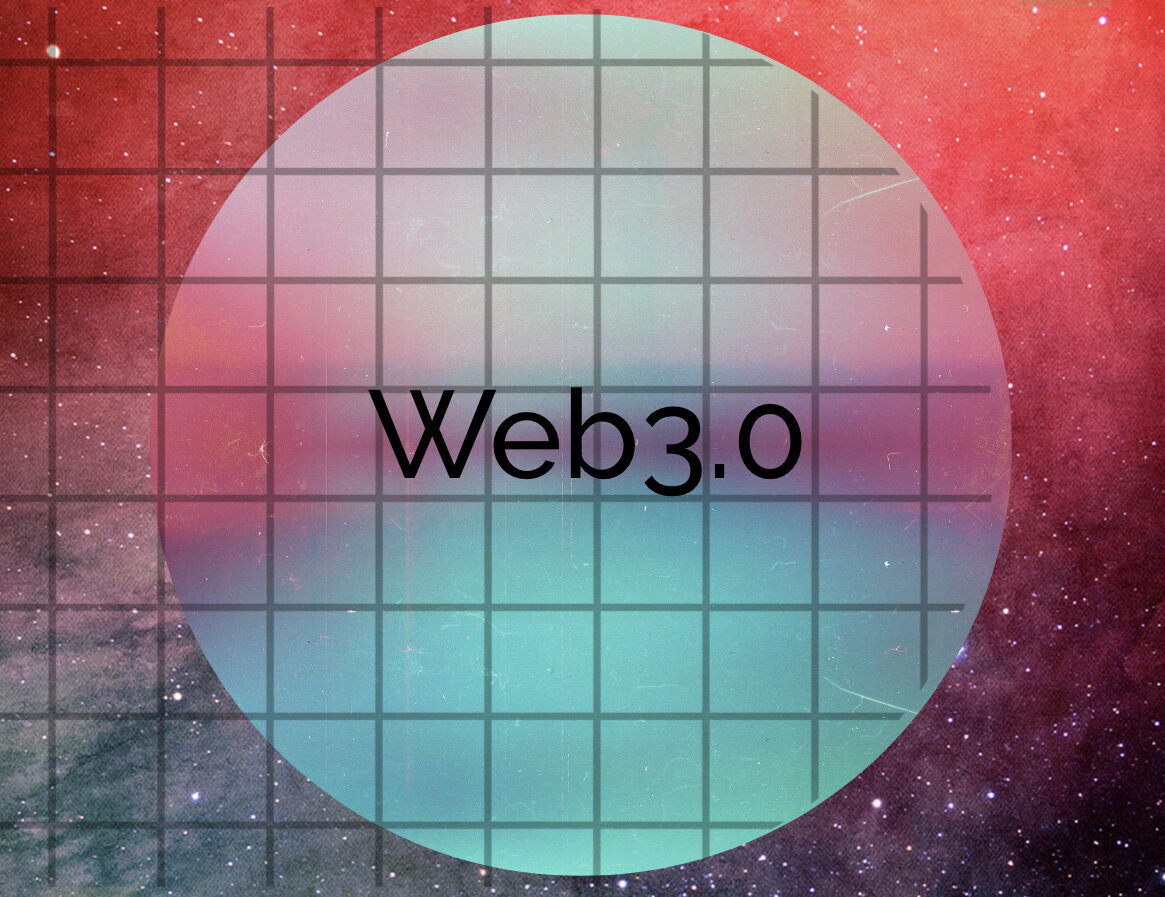Birth of Internet
It’s a common misconception that the Internet and the web are synonymous, but they are distinct entities. The Internet serves as the foundation, while the web represents one method of utilizing it. Numerous methods, including Email, VOIP, and Video Conferencing, operate on the Internet alongside the web.
The Internet signifies the interconnection of computers. In 1962, computer scientist J.C.R. Licklider from MIT was the first to propose the concept of networked computers.
In 1969, ARPANET marked the first usage of the internet. During the 1970s, various interconnected networks operated using different protocols. Then, on 01 January 1983, the TCP/IP protocol was introduced, which is also considered as the birth of the Internet.
Web 1.0 (Read Only)
In 1989, a pivotal moment in the history of the internet occurred when Tim Berners-Lee, a British computer scientist, invented the World Wide Web (WWW) while working at CERN, the European Organization for Nuclear Research. Berners-Lee’s invention was a breakthrough that revolutionized the way we access, share, and interact with information on the internet..
In its early stages, the web operated as a read-only platform, akin to newspapers, where users could only view webpages without the ability to comment or interact. This era, often referred to as Web 1.0, was characterized by static web pages published by large institutions, offering limited user engagement.
In 1993, the web became accessible to the public, marking the emergence of web browsers such as Netscape Navigator and Opera 1.0, along with the birth of search engines like Aliweb, Yahoo, and Google.
During the late 1990s, as the number of commercial websites grew, the process of commercializing the web gained momentum, leading to the dot-com bubble boom.
Subsequently, in March 2000, the dot-com bubble burst, leading to the failure and shutdown of numerous online shopping and communication companies.
Web 2.0 (Web Apps)
Web 2.0 is the second iteration of web and it comes into effect around the year 2005.
It was the time when web changed from read only to read-write format . Now the web application begins to get popular. Now the web was more dynamic as compared to web1.0.
With this upgradation in the internet community. Now individuals have the power to comment, share and publish their ideas on various social media platforms like facebook, twitter etc. This is the time when tech giants like Google, Facebook and Amazon govern the whole internet community. They are the centralised authoritarian to control who receives what information depending upon their personal data collected from individuals. They can stop their services for any individual or nation in case of conflict.
In Web2.0 user does not have control over their personal data. They are tricked by tech platforms to give their personal information, to access free web services. Here the price is individuals personal data. This collected data is then processed, using advanced algorithms and personal profiling is done. On the basis of which advertisers and different agendas are targeted to the user.
Web 2.0 reigns from approx 2005 till now.
Web3.0 – A new era of Information technology
Web3.0 is the most hyped term in the year 2020-2021. Most of the internet users are trying to figure out “what exactly web3.0 is ?”.
Unlike web 2.0 which is centralised and controlled by big tech platforms. The idea of web3.0 is completely based on decentralisation.
For better understanding of “centralised and decentralised” in the field of internet. Let us assume the internet as a country and its users as its citizens. Now centralised internet is like autocracy, where one person controls the whole community.
Whereas a decentralised internet is like Democracy (By the people, for the people, of the people). Where total power lies in the hands of the common users. Decisions are taken by the process of voting.
On the timeline of the internet evolution web3.0 is the ongoing iteration of the web as we know it today.
There is no fix point on the timeline where one can say that this is the beginning of web3.0. However some believe that adoption of blockchain is the mark point behind web 3.0.
In web 3.0 user data is hosted and managed on blockchain which runs on algorithm without any human interference. User have total control over their personal data, stored on digital wallets.
Here everyone have the equal authority, all decisions on the blockchain are made through concensus.
Cryptocurrency, NFT (Non-fungible Token), Defi (Decentralised Finance), DAO (Decentralised Autonomous Organisation )and Metaverse are some of the examples of Web3.0. These all are decentralise in operations and based on Blockchain technology.
Web3.0 is still in its early phase. So it is difficult to predict what it will look like in the near future.

Leave a Reply